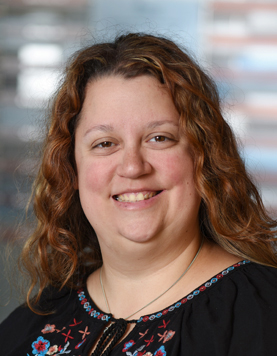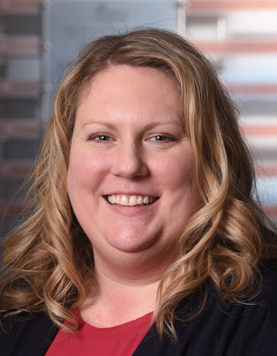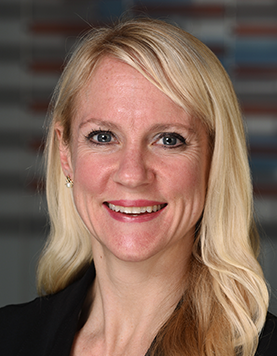Jul 12, 2023
patient story
Terrell Davis
Terrell stands on his own
patient name: Terrell
age: 6
condition: amniotic band syndrome
seen in: Orthopedics
providers: Michael Albert, MD
When Tynisa Jackson found out she was having a boy during her 20-week ultrasound, she was beyond excited. However, minutes later her world would be turned upside down when the doctor came in to share that the scan of her son – whom she planned to name Terrell – showed that his right foot appeared to have been amputated, likely due to a condition called amniotic band syndrome (ABS). ABS occurs when thin strands of tissue form inside the amniotic sac and tangle around the baby like strings or rubber bands which can become tighter around the body part its attached to, leading to an amputation in-utero.
“I just felt shocked and instantly became numb to the news. I was devastated and worried about what his life would be like, the hardships he’d face,” she said.
For Edith Jackson – Terrell’s grandmother – learning the news alongside her daughter was scary and her heart broke.
“My heart was so heavy for my daughter, and I couldn’t imagine how she was feeling,” she said. “But I took comfort in that this was part of God’s plan – even if we didn’t understand it at the time - and the baby would be just fine.”
Terrell came into this world six weeks premature on April 10, 2017. He was feisty and strong and soon proved to be a fighter. Doctors not only confirmed he was missing his right foot but also discovered that his right fingers were webbed, and he had a clubfoot on his left foot.
“I was so happy to have him in this world but we also knew the road ahead would be steep. The Dayton Children’s team was there right from the beginning with a plan in place to treat Terrell. I knew he was in the best place to care for him,” Tynisa said.
treatment begins
To correct his clubfoot, the U.S. News & World Report-ranked orthopedics team, led by division chief, Dr. Michael Albert, used multiple casts to gradually move Terrell's foot to the correct position, and a brace to keep it there. This is also known as the Ponseti method. At seven-months-old, Terrell had surgery on his hand to separate his fingers. Then at 11-months-old, Terrell was fitted for his first prosthesis. Over the course of many physical therapy sessions, Terrell learned to walk and get used to his new limb.
Terrell continues to thrive
Today, he is an active, healthy 6-year-old boy. Tynisa says Terrell is a happy go lucky child who loves to meet new people and try new things. His favorite sports right now are soccer, basketball and baseball.
“He’s such a fast learner and so independent! He’s learning how to skateboard and has even taken up photography. He’s just a vibrant kid that I am amazed by every day,” she said.
Edith echoes her daughter about Terrell’s spirit and his big heart.
“When I ask him what he wants to be when he grows up, he said 'I want to be a doctor so I can help people with their legs and so they won't be sick,"' Edith shared. “I tell Terrell he’s going to be the best doctor that helps people just like him.”
Terrell continues with regular, follow-up visits with Dr. Albert and his team where they track his growth to determine future plans for any surgeries as well as prosthetics. Tynisa is thankful for Dayton Children’s and what everyone there has done for Terrell.
“Dr. Albert is amazing. He and everyone we interact with at Dayton Children’s is wonderful with Terrell making him feel at ease whether it’s at an office visit or having a procedure,” she said “Dayton Children’s Hospital means the world to us. I know he is receiving the best care with the doctors.”










